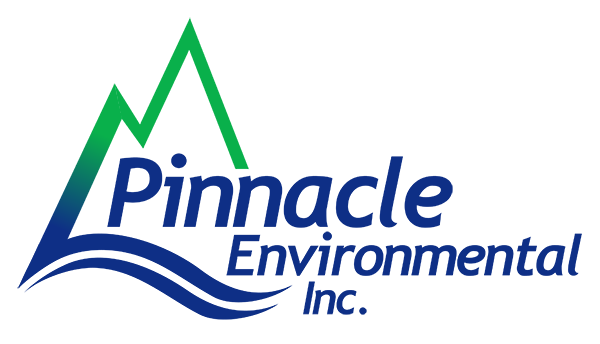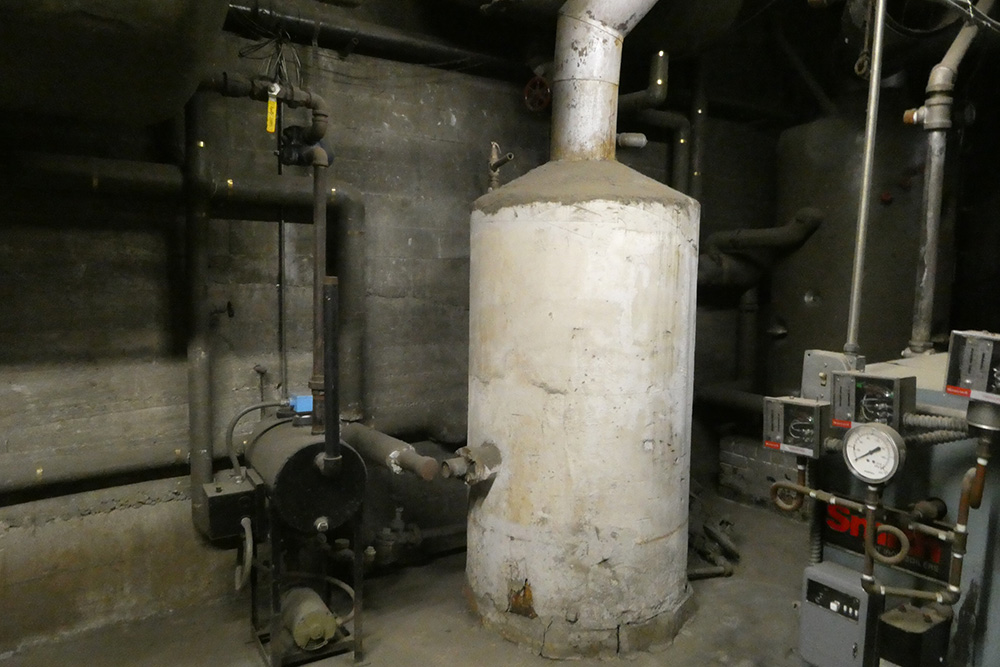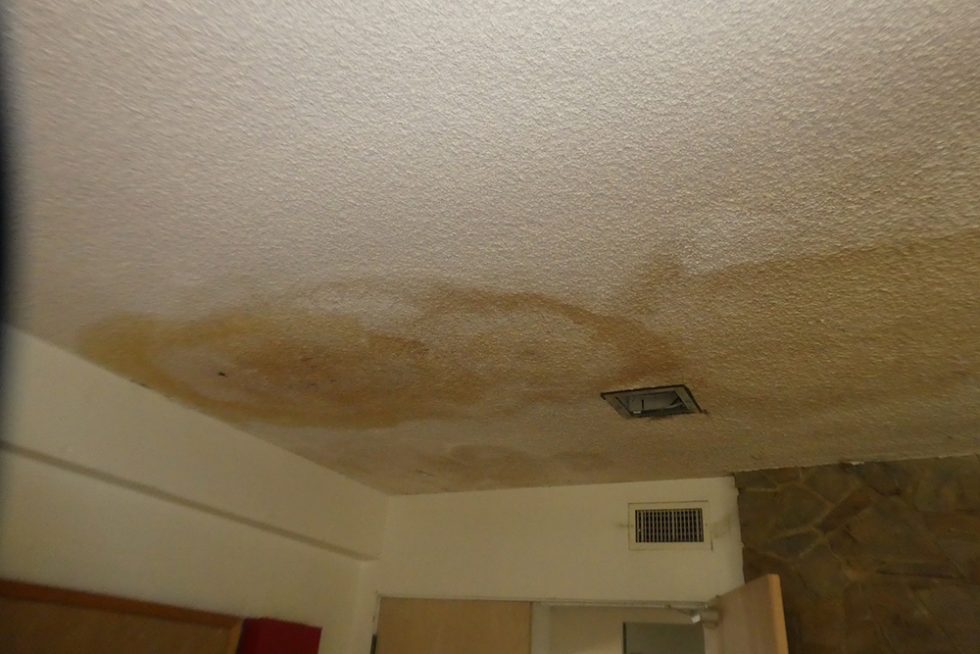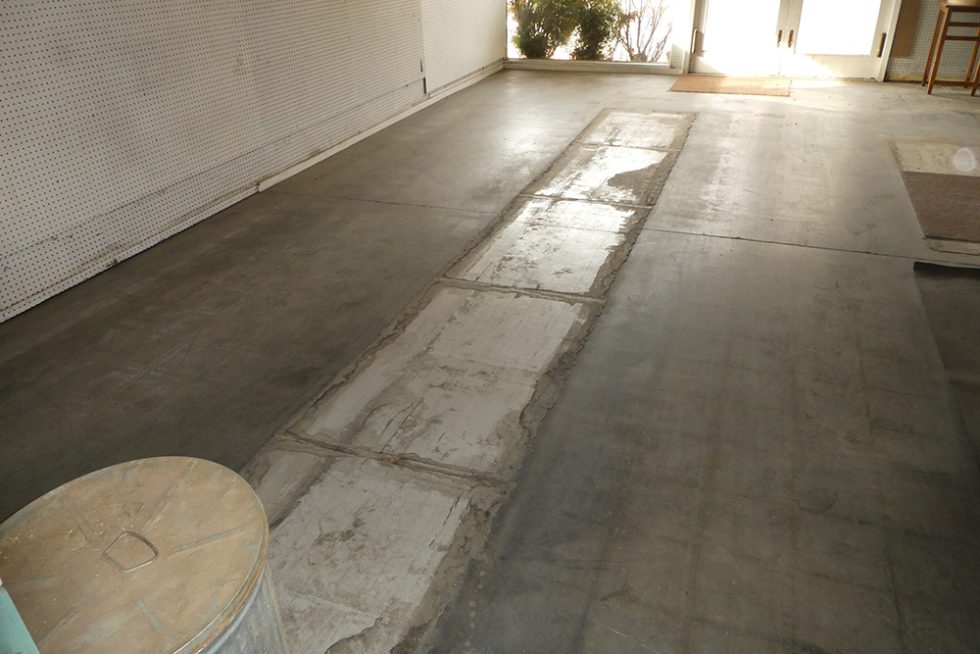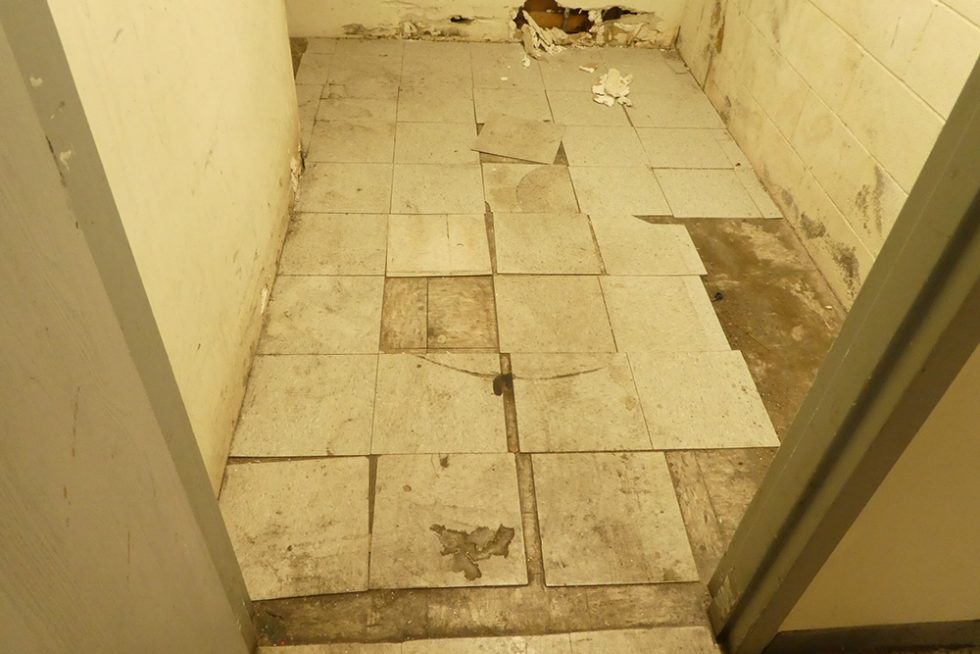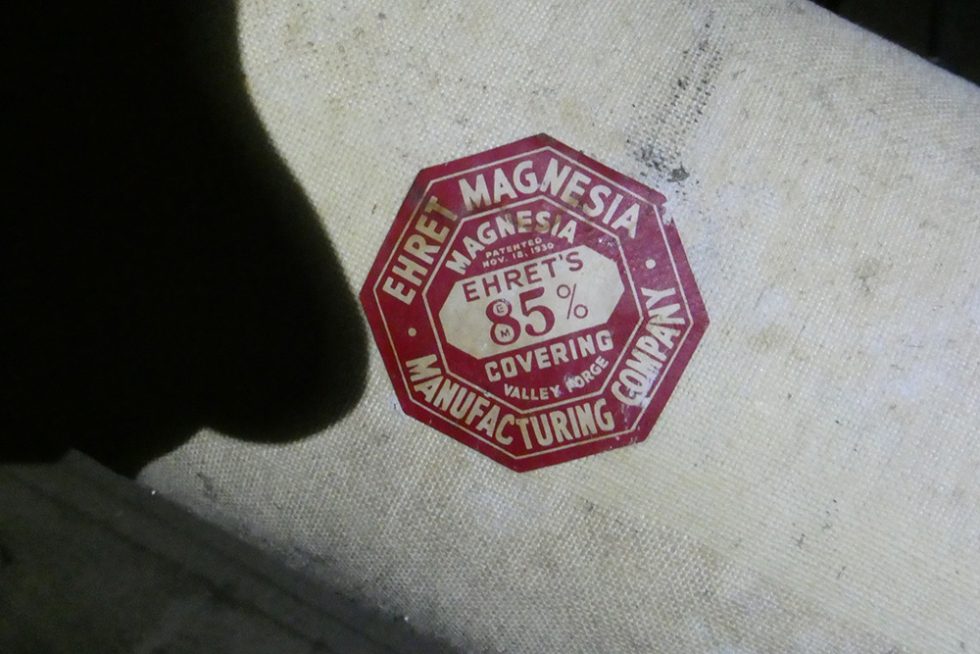Asbestos-containing Materials Testing and Abatement
Asbestos-containing Materials (ACMs) Testing and Abatement
Asbestos is a naturally occurring mineral fiber that was extensively used in building materials due to its strength, durability, and resistance to fire and heat. However, asbestos is also a known carcinogen, and exposure to asbestos fibers can cause serious health problems, including lung cancer, mesothelioma, and asbestosis. Asbestos-containing materials (ACMs) testing and abatement is aimed at identifying, managing, and/or safely removing hazardous asbestos fibers from buildings and structures.
Homeowners and building owners have a responsibility to identify and manage ACMs in their buildings to protect the health and safety of occupants and workers. Failure to properly identify and abate ACMs can result in fines and liability.
What are examples of Asbestos-containing Materials (ACMs)?
Asbestos-containing materials (ACMs) were widely used in construction and building materials from the 1940s to the 1980s due to their strength, durability, and resistance to heat and fire. Asbestos-containing materials (ACMs) can be found in a variety of building materials, including insulation, floor tiles, roofing materials, and cement. The following are some common examples of ACMs:
-
- Thermal insulation: Asbestos was commonly used as thermal insulation in buildings, particularly in pipes, boilers, and HVAC ducts.
- Floor tiles: Vinyl floor tiles manufactured before 1980 may contain asbestos fibers.
- Ceiling tiles: Asbestos fibers were commonly used in ceiling tiles and acoustic tiles.
- Roofing materials: Asbestos fibers were used in roofing materials such as shingles, and roofing felt.
- Plaster and joint compounds: Asbestos fibers were used in some types of plaster and joint compounds to add strength and durability.
- Cement and concrete: Asbestos fibers were used in some types of cement and concrete to add strength and durability.
- Electrical wiring insulation: Asbestos fibers were used in some types of electrical wiring insulation to add fire resistance.
However, not all materials manufactured before the 1980s contain asbestos, and the only way to determine if a material contains asbestos is through testing.
How do you test for ACMs?
Asbestos-containing materials (ACMs) testing involves the identification and analysis of suspect materials to determine if they contain asbestos. Examples of asbestos-containing material testing methods include:
-
- Bulk Sampling: This involves collecting small samples of suspect materials, such as insulation or floor tiles, and sending them to a laboratory for analysis. The samples are analyzed under a microscope to determine the presence and concentration of asbestos fibers.
- Air Sampling: Air sampling is conducted to measure the concentration of airborne asbestos fibers. This method is used when there is a concern about the release of asbestos fibers into the air, such as during asbestos removal or demolition activities. Air samples are collected using specialized pumps and filters and are then analyzed in a laboratory.
- Dust Sampling: Dust sampling is used to assess the presence of settled asbestos fibers on surfaces. Samples are collected using adhesive tapes or vacuuming techniques, and the collected dust is then analyzed in a laboratory to determine the asbestos fiber content.
- Visual Inspection and Material Assessment: Trained professionals visually inspect the building and its materials to identify potential ACMs. This involves examining the appearance, texture, and history of the materials, as well as their age and manufacturer’s information. While visual inspection alone cannot confirm the presence of asbestos, it helps in identifying materials that require further testing.
The specific testing approach depends on the type of material, the purpose of testing, and the regulatory requirements in place. If asbestos-containing materials are identified, then abatement (remediation) may be necessary.
How are ACMs abated?
The abatement process may involve encapsulation, enclosure, or removal of the ACMs, followed by proper disposal in accordance with local and federal regulations. The abatement process typically involves the following steps:
-
- Preparation: The area surrounding the ACMs is secured to prevent the spread of asbestos fibers. The workers performing the abatement wear specialized protective gear to minimize their exposure to asbestos.
- Removal: Depending on the type of ACM and its location, the material may be removed using specialized tools, such as a HEPA-filtered vacuum or water spray, to minimize the release of asbestos fibers.
- Disposal: The asbestos-containing material is then packaged and disposed of in accordance with local and federal regulations.
- Clearance testing: Once the abatement is complete, the area is tested to ensure that no asbestos fibers remain in the air or on surfaces.
Asbestos-containing materials testing and abatement should only be performed by trained professionals with specialized equipment and techniques to minimize the release of asbestos fibers and protect the health and safety of occupants and workers.
What are the environmental and health concerns associated with ACMs?
Asbestos-containing materials (ACMs) pose serious environmental and health concerns due to the release of asbestos fibers into the air when these materials are disturbed or damaged. Some of the environmental and health concerns associated with ACMs are:
-
- Respiratory diseases: Asbestos fibers can become airborne and, when inhaled, can cause respiratory diseases such as lung cancer, mesothelioma, and asbestosis.
- Environmental pollution: Asbestos fibers released into the air can also settle on the ground and water bodies, contaminating the environment.
- Workplace hazards: Workers who come into contact with ACMs during construction, renovation, and demolition work are at risk of exposure to asbestos fibers.
- Disposal concerns: Disposal of asbestos-containing materials requires special handling and disposal procedures to prevent the release of asbestos fibers into the environment.
The risk of exposure to asbestos fibers can be minimized by identifying, managing, and abating ACMs appropriately.
